#BúsquedaDePersonasDesaparecidas.
La edición digital de la revista National Geographic dedica un espacio al trabajo de la Fundación de Antropología Forense de Guatemala en la búsqueda de personas desaparecidas. La redacción está realizada por la periodista Nina Strochlic y el trabajo de documentación gráfica fue realizado por la fotógrafa Natalie Keyssar.
For 14 years, a human skeleton known as 317-38-10 sat in a cardboard box stored in a metal shipping container on the rooftop of a building in Guatemala’s capital, Guatemala City. The number was a code, representing the place it had been discovered: 317 was the designation for a pine-forested mountaintop pocked with mass graves near a town called San Juan Comalapa. It was the 38th mass grave archaeologists excavated in the country, and the 10th body unearthed in that grave.
Outwardly, there was nothing particularly special about it. Like all skeletons, many of the defining physical features that made its owner unique in life—hair, skin, eyes, and other soft tissue—were all gone, leaving only the bones and the basic information they held about the individual: age, sex, cause of death.
The location where it was found offered few more clues. Site 317 had been a military base during the civil war that ravaged Guatemala from 1960 to 1996. In 2003, when forensic archaeologists dug a few feet into the ground, they found piles of bones. Whose were they? No one seemed to know—or at least no one was saying.

